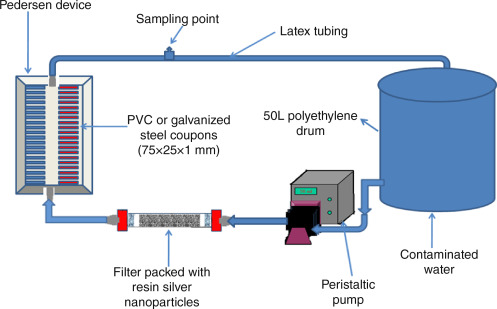Nanotechnology in Water Treatment, Case Study : Egypt
Nanotechnology in Water Treatment, Case Study : Egypt
Abstract
Water shortages and lack of access to safe drinking water will continue to grow as major global problems.
More than one billion people lack access to safe drinking water and 2.4 billion people lack access to proper sanitation, nearly all of them in the developing countries.
Around third of the world’s population live in water-stressed countries, and by 2025, this is expected to rise to two-thirds.
One of the approaches being explored in many countries, including South Africa, to tackle this challenge of increasing access to clean drinking water, is the application of nanotechnology.
Nanotechnology could play an essential role in solving this water crisis by introducing effective and cheap wastewater treatment techniques.
The main aim of this paper is assess the applicability of using Nanotechnology in water treatment in Egypt.
In order to achieve this aim, the paper discusses the definition of Nanotechnology and the green Nanotechnology applications
areas.
Also, this paper illustrates the potential impacts and risks of Nanotechnology.
Then we illustrate the case study of South Africa in using Nanotechnology to solve the problem of water scarcity.
The study concluded that although Nanotechnology can help solve the water problems.
There is some challenges hinder using Nanotechnology.
These challenges include technology, financial, market challenges and human health risk .
Keywords: Egypt, Nanotechnology, South Africa, Water

 AFWASA
AFWASA
 AAEA
AAEA AFWASA
AFWASA
Leave a Reply
Want to join the discussion?Feel free to contribute!